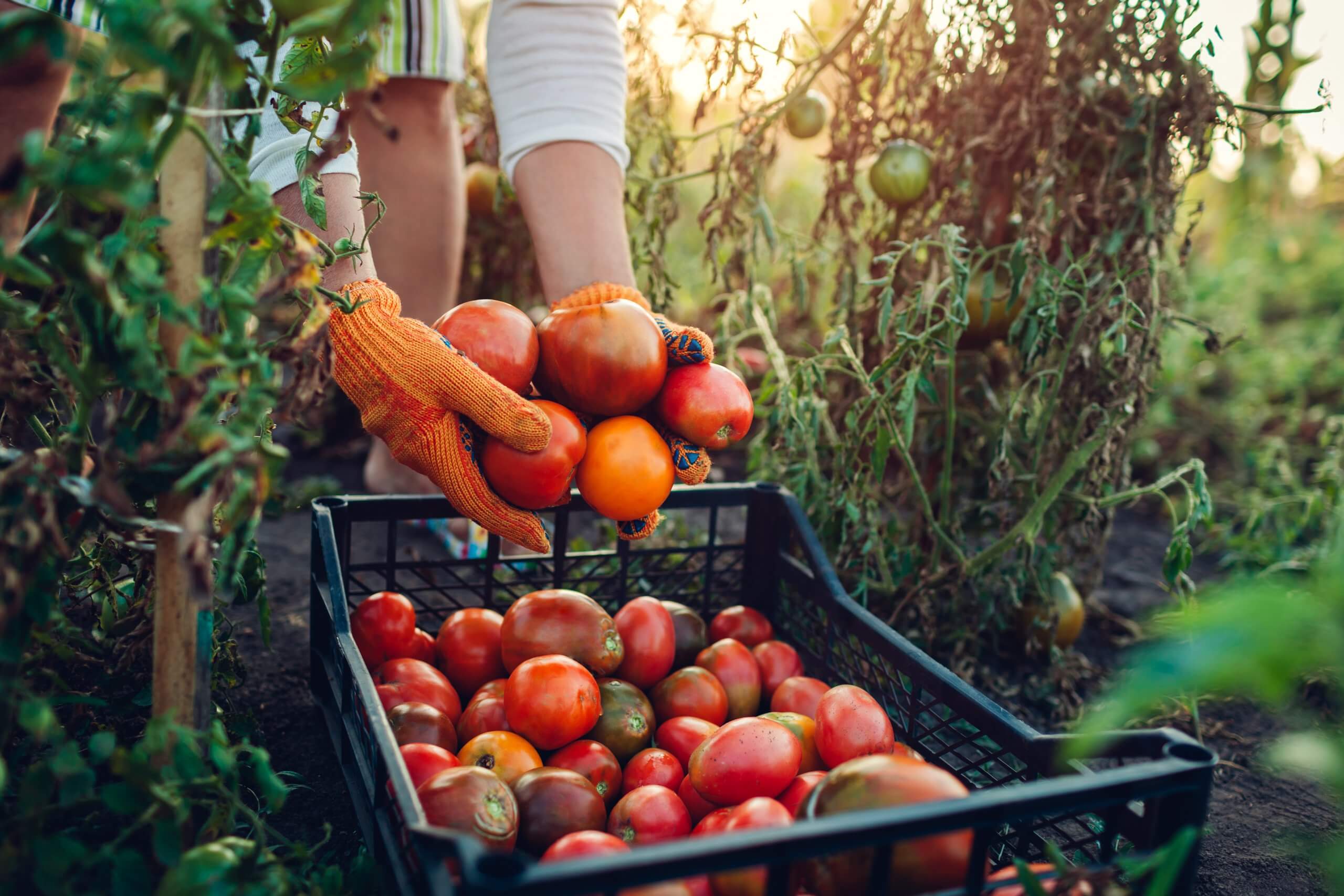
What is upcycling?
We all know that wasting food is bad for the environment. But what if we could upcycle food scraps into new and delicious dishes? Not only would this reduce food waste, it would also be a great way to help the environment. So if you’re looking for a way to reduce your food waste and help the planet, read on.
-
-
- What is upcycling?
- The benefits of upcycling food scraps
- How to upcycle food scraps
- Delicious recipes made from upcycled food scraps
- Conclusion
-
What is upcycling?
Upcycling is the process of converting waste materials or items into new, useful products. It’s a great way to reduce waste and help the environment by reusing materials that would otherwise be thrown away.
There are many ways to upcycle food scraps. One way is to compost them. This means turning them into nutrient-rich soil that can be used to grow new plants. Another way is to feed them to animals. This can provide a healthy, nutritious meal for livestock or pets.
One of the most popular ways to upcycle food scraps is to use them in cooking. There are many recipes available online for dishes made with upcycled ingredients. Some common examples include using vegetable scraps in soup or stir fry, breadcrumbs from stale bread in stuffing or meatballs, and fruit peelings in jam or marmalade.
Upcycling food scraps is a great way to reduce waste and help the environment. It’s also a fun and creative way to get more use out of your food!
The benefits of upcycling food scraps
There are many benefits to upcycling food scraps, including reducing waste and helping the environment.
1. Upcycling food scraps can help reduce the amount of waste that goes into landfills and incinerators. Food waste is the single largest type of waste in landfills, making up over 20 percent of the waste in landfills. By upcycling food scraps, we can help reduce this problem.
2. Upcycling food scraps can also help the environment by reducing greenhouse gas emissions. Food waste decomposes in landfills and emits methane, a powerful greenhouse gas. Upcycling food scraps can help reduce these emissions.
3. In addition, upcycling food scraps can provide us with valuable resources, such as compost and animal feed. Compost is a great way to fertilize gardens and yards, while animal feed can be used to nourish livestock. Upcycling food scraps can help us make better use of these resources and reduce our reliance on synthetic fertilizers and pesticides.
How to upcycle food scraps
When it comes to cutting down on food waste, there are a lot of ways to get creative. One way is to upcycle your food scraps! Here are some tips on how you can do this.
-
-
-
- Instead of throwing out vegetable scraps, why not use them to make vegetable broth? This is a great way to add extra flavor to soups and stews.
- Fruit peels and cores can be used to make homemade fruit leather or jam.
- Bread that is starting to go stale can be transformed into breadcrumbs or croutons.
- Leftover cooked grains can be made into healthy snacks like granola bars or energy bites.
- So next time you have some food scraps, don’t throw them away upcycle them instead.
-
-
Delicious recipes made from upcycled food scraps
If you’re looking for ways to reduce your food waste and help the environment, upcycling your food scraps is a great option! Upcycling is the process of taking something that would normally be considered garbage and turning it into something new and useful.
There are tons of delicious recipes that can be made from upcycled food scraps, including soups, stews, casseroles, and more. Not only will upcycling your food scraps help reduce waste, but it can also save you money on your grocery bill.
So next time you’re about to throw away those leftover veggie scraps, think again! Upcycling them into a delicious meal is a great way to reduce waste and help the environment.
Conclusion
Reducing food waste is important for many reasons. It can help reduce greenhouse gas emissions, conserve water and other resources, and save money. Upcycling food scraps is one way to reduce food waste, and it has the added benefit of being good for the environment. By upcycling food scraps, we can help reduce pollution, conserve resources, and create new products that are better for the planet.


